.frmvrlr2017 File Extension Ransomware Uninstallation: Know How To Uninstall .frmvrlr2017 File Extension Ransomware Manually
.frmvrlr2017 File Extension Ransomware is responsible for causing these errors too! We could not Update System Reserved Partition, 0x0000006D, 0x00000047, 0x80248FFF WU_E_DS_UNEXPECTED A data store error not covered by another WU_E_DS_* code. , 0x80247001 WU_E_OL_INVALID_SCANFILE An operation could not be completed because the scan package was invalid., 0x000000FA, 0x80240036 WU_E_INVALID_OPERATION The object's current state did not allow the operation., 0x00000073, 0x00000045, 0x80240035 WU_E_UPDATE_NOT_PROCESSED The update was not processed., 0x80240009 WU_E_OPERATIONINPROGRESS Another conflicting operation was in progress. Some operations such as installation cannot be performed twice simultaneously., 0xf080F CBS_E_MANIFEST_VALIDATION_DUPLICATE_ELEMENT multiple elements have the same name, 0x00000004Do Away With .frmvrlr2017 File Extension Ransomware Tips For
A threat like .frmvrlr2017 File Extension Ransomware damage the whole System and make other install program unresponsive. This threat is very risky for the all Windows version including the newly released Windows 10 System. The malicious mind behind the creation of this .frmvrlr2017 File Extension Ransomware threat is used to hamper more and to steal useful resource from the infected System. On every web browser there is option to save password, this is done for the user convenience. The hacker will attack on those web browser, mainly on the default one to collect those saved password. It can be off your social account, email, or even on banks.
Which is the reason you must Delete .frmvrlr2017 File Extension Ransomware virus from your infected System. Moreover this threat will compromise the security program of the infected System, which allow other harmful threat to enter. As the System is already infected with .frmvrlr2017 File Extension Ransomware, therefore the other threat will surely damage all the functionality of your System. Which is why you must need to Delete it.
Step 1 : Delete .frmvrlr2017 File Extension Ransomware From Web Browser
Step 2 : Reset Your Browser Settings To Delete .frmvrlr2017 File Extension Ransomware
Step 3 : Delete .frmvrlr2017 File Extension Ransomware From Task Manager
Step 4 : Delete .frmvrlr2017 File Extension Ransomware From Registry Editor
Step 5 : Delete .frmvrlr2017 File Extension Ransomware Through Control Panel
Step 6 : Start Your PC in Safe Mode With Networking To Delete .frmvrlr2017 File Extension Ransomware
Step 1 : Delete .frmvrlr2017 File Extension Ransomware From Web Browser
Delete From Google Chrome
- To open Menu click on 3 Horizontal icon top right corner of Chrome Browser.
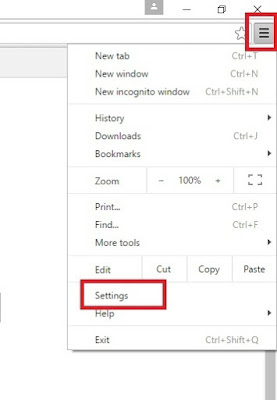
- A drop Down list will open >> select the Settings/ Extension option.
- If Settings panel get open >> then click on Extension Tab.

- If Extension Windows will be open select the malicious extension from the list.
- Then finally click Trash / Recycle icon to Delete .frmvrlr2017 File Extension Ransomware from Google Chrome.
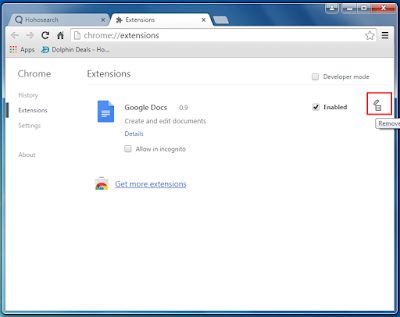
Delete From Internet Explorer
- Select the Tools button from Internet Explorer.
- On the Tools section select Manage add-ons.
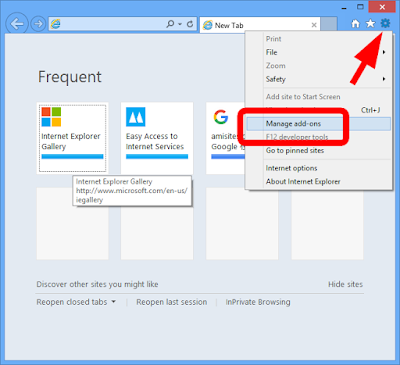
- From the Add-ons list, select the add-on you want to turn off/remove.
- The Select Disable option .
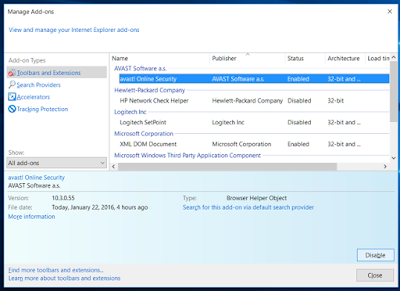
- Now Finally Restart The Internet Explorer to Delete .frmvrlr2017 File Extension Ransomware.
Delete From Mozilla Firefox
- Click Menu Button then choose Add-ons.
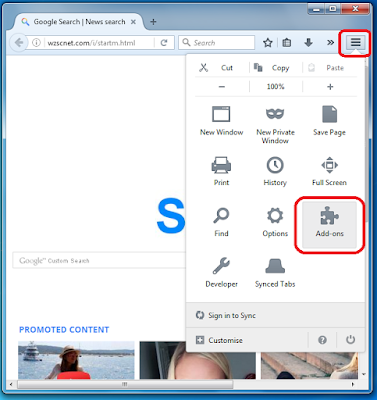
- Now the Add-ons Manager Tab will open.
- Here you need to select the Extensions or Appearance panel.
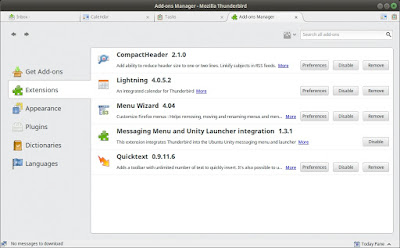
- Then simply select the add-on from list you wish to remove.
- Now click on the Delete button.

- Finally Restart the Mozilla Browser to Delete .frmvrlr2017 File Extension Ransomware.
Delete From Microsoft Edge
- Select More option to open the menu on Microsoft Edge.
- Then select Extensions from the Menu drop down list.
- On the Extension right-click on it to Delete.
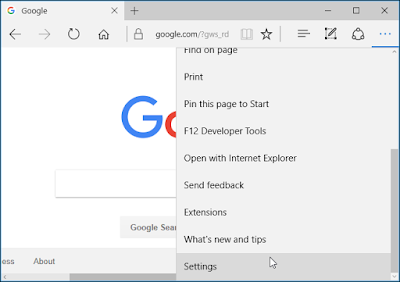
- Now click the Remove button.
- Finally Restart the Microsoft Edge Browser to Delete .frmvrlr2017 File Extension Ransomware.
Reset Google Chrome
- Click on Menu from right corner of Chrome Browser.
- A drop list will appear, select Settings from here.

- When Settings panel will appear >> go to search box.
- On Search Box type RESET.
- Click the Reset button when confirmation Pop-up Windows will appear.
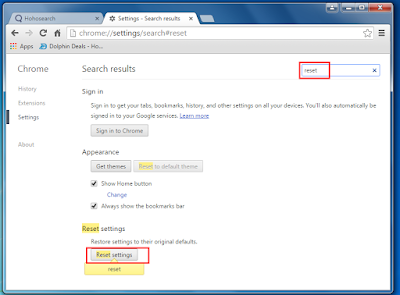
- This will Delete .frmvrlr2017 File Extension Ransomware from Google Chrome Browser.
Reset Microsoft Edge
- Click the three horizontal dots to open the Settings menu.
- Then choose Settings option from here.

- Then under Settings section click on Clear Browsing Data.
- Here click on Choose what to clear >> then click Show more.
- Select all and click Clear.
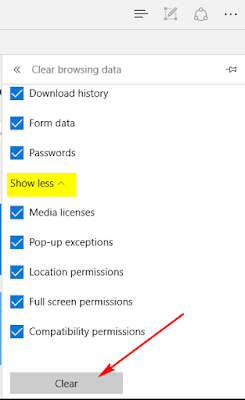
- Restart your Microsoft Edge to Delete .frmvrlr2017 File Extension Ransomware.
Reset Internet Explorer
- Click on Tools menu and select Internet Option.
- Click on Advance tab and then hit the Reset button.
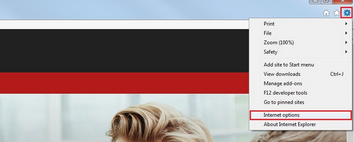
- Find Delete Personal Settings option and press Reset Button.
- Restart your Internet Explorer to Delete .frmvrlr2017 File Extension Ransomware.
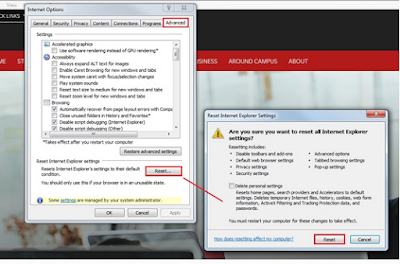
Reset Mozilla Firefox
- On Mozilla Firefox click Menu option and then press Help option.
- Select Troubleshooting Information option.

- On this panel click on Refresh Firefox button.
- Press Refresh Firefox to complete the process.
<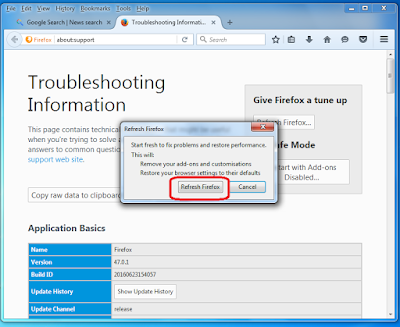

- This will Delete .frmvrlr2017 File Extension Ransomware from Mozilla Firefox.
- Right-click on task Bar and select Task Manager.
- Press ALT+Ctrl+Del buttons to open Task Manager.
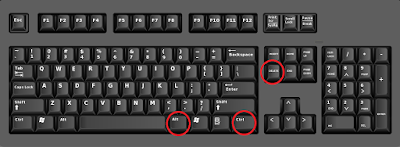
- When Task Manager will open select the Malicious Task.
- From here click on End Task button to Delete .frmvrlr2017 File Extension Ransomware.

- Press Win + R keys together to open Run Command.
- Type regedit and click OK or Hit Enter.
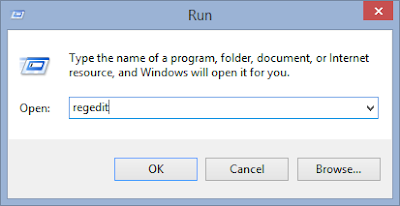
- Find and Delete all related registry files of .frmvrlr2017 File Extension Ransomware.
- HKEY_LOCAL_MACHINESYSTEMCurrentControlSetServicesWpm
- HKEY_CURRENT_USERSoftwareMicrosoftInternet ExplorerMain “Default_Page_URL”
- HKEY_LOCAL_Machine\Software\Classes\[name]
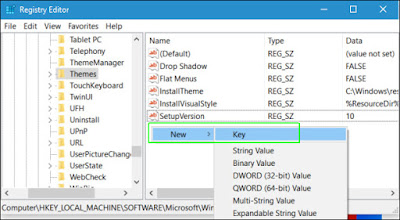
Delete .frmvrlr2017 File Extension Ransomware From Windows XP
- Click on Start menu and select Control Panel.
- Now press on Add or Remove programs option.
- Find and Delete unwanted program from your PC.
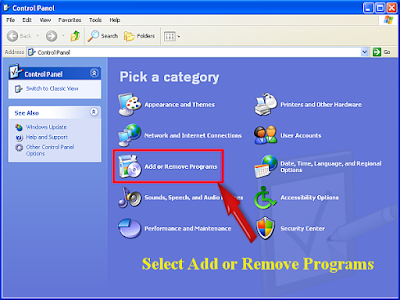
- Then Restart your PC to Delete .frmvrlr2017 File Extension Ransomware.
Delete .frmvrlr2017 File Extension Ransomware From Windows 10
- Click on Start then select Settings option.
- From Settings section choose System option there.
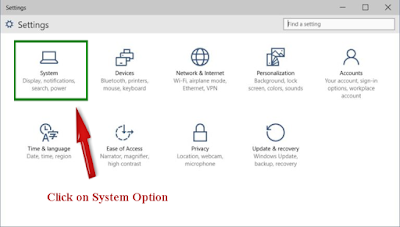
- The click on Apps and Features option.
- Here select the unwanted program and remove from your PC.
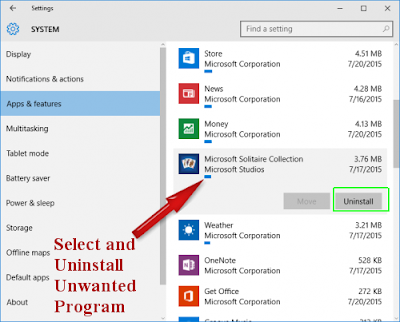
- Restart your PC to Delete .frmvrlr2017 File Extension Ransomware.
Delete .frmvrlr2017 File Extension Ransomware From Windows 8
- Press Win+R button to open Run Box on your computer.
- Type control panel in Run window and hit Enter button to open Control Panel.
- Click Uninstall a program.
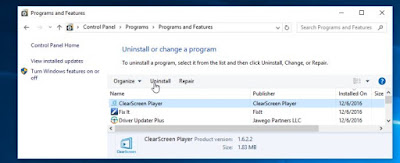
- From this Windows Right-click on .frmvrlr2017 File Extension Ransomware to remove it.
- Restart your PC to Delete .frmvrlr2017 File Extension Ransomware.
Delete .frmvrlr2017 File Extension Ransomware From Windows 7
- Select Control Panel Option from Start menu.
- Select Uninstall A Programs option from the Programs menu.

- Finally select and Delete unwanted program from your system.
- Then restart your PC to Delete .frmvrlr2017 File Extension Ransomware.
Step 6 : Start Your PC In Safe Mode With Networking To Delete .frmvrlr2017 File Extension Ransomware
Start Windows XP/Vista/7 In Safe Mode To Delete .frmvrlr2017 File Extension Ransomware
- To Restart >> Click on Start menu >> select Restart button.
- Continue press F8 button until you don't see the Advance Boot Option.
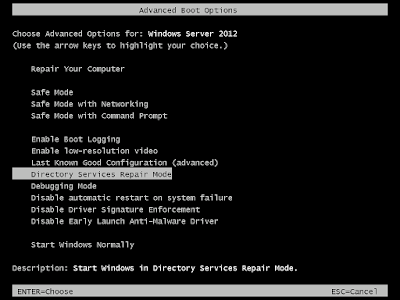
- On Advance boot menu >> select Safe Mode With Networking Option.
- The press Enter button.

Start Windows 8/10 In Safe Mode To Delete .frmvrlr2017 File Extension Ransomware
- To Restart >> Click on Start menu >> press Shift key and the hit Restart button.
- Now as the screen show >> select Troubleshoot option.
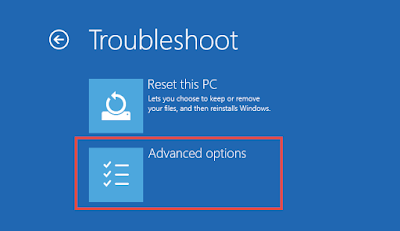
- On the next panel you need to click on Advanced Options.
- The again on new section choose Startup Settings option.
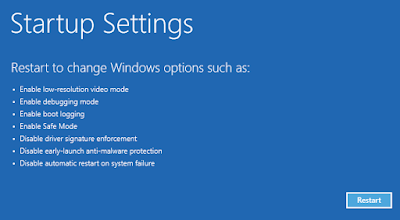
- From here select Enable Safe Mode option and the click Restart button.


No comments:
Post a Comment